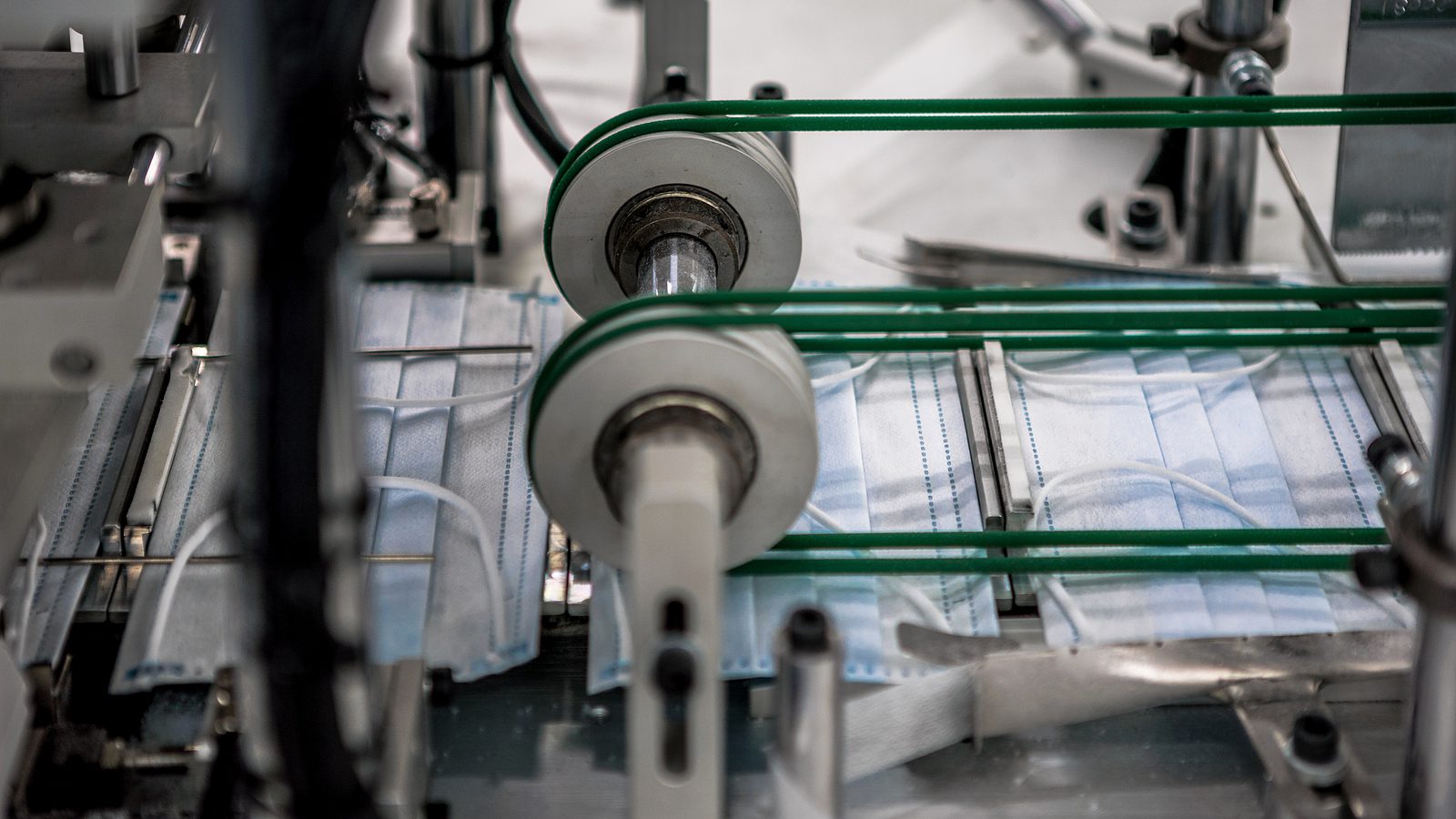By Laser 1 Technologies
Manufacturing Industry Challenges
On March 14, a roundtable discussion about manufacturing and industry took place at the White House.
While the president himself did not attend, there were some high-powered representatives of both government and industry. Tony Uphoff, President and CEO of Thomas played a starring role, and the meeting was summarized at ThomasNet. The event was organized by the White House Office of Public Liaison, Department of Commerce International Trade Administration (ITA) and the Small Business Administration (SBA).
Four key issues dominated the discussion:
1. The Public’s Misperception of the State of U.S. Manufacturing
Bottom line: Manufacturing is doing very well in the US, as supported by data gathered by the Bureau of Labor Statistics. The Manufacturers Alliance for Productivity and Innovation Foundation (MAPI) anticipates the field will grow faster than the U.S. economy as a whole in 2019.
However, the media is doing a great job of covering the anticipated shortage of skilled workers and the ongoing skills gap facing manufacturing, both of which may play a role in the public’s perception of manufacturing being on the skids.
Another misperception: generally the public does not appreciate the degree to which Industry 4.0 has disrupted the arena with high-tech innovations. While dark, dirty production floors populated by poorly skilled, poorly educated workers are largely a thing of the past, they still dominate the public impression.
2. The Impact of Digital on Industrial Marketing, Supply Chains, and Sales
Digital and technological changes are revolutionizing the industrial landscape in all arenas, from logistics to supply chain to sales and marketing. Companies have to adapt and have to stay relevant, which requires attracting tech-savvy talent.
While innovations like robotics, blockchain, automation, artificial intelligence, and data analytics are gaining traction on the production floor, such innovations must also be adopted in the front office to stay competitive.
Supply chains are shifting, marketing is shifting—all in response to digital and technological advances.
3. International Trade Trends
The trade war with China was naturally a hot topic. Despite the fact that the manufacturing sector is still noting significant growth, new data suggests it is being impacted, so sourcing and costs are matters of concern. Steel and aluminum are under particular focus right now.
4. Addressing the Skills Gap and Managing Multigenerational Workforces
Millennials have caught up with boomers in the workplace. They were equal in number in 2017, and as boomers retire, they’ll dominate. They’ve got their own work culture and set of values, and it’s imperative that businesses adapt to their needs or they’ll be left high and dry.
These issues are not new to readers of this blog. However, it’s nice to see some federal agencies make efforts to partner with the manufacturing industry to help ensure it can continue to thrive in the face of ever-changing challenges.
4. New numbers from Monday May 13, 2019:
China announced it will raise tariffs on roughly $60 billion worth of U. S. goods, in retaliation for U.S. tariff hikes from last week, according to CNN. These are the numbers:
- Category 1 (includes cotton, machinery, grains) went from 10% to 25%
- Category 2 (includes aircraft parts, optical instruments, certain types of furniture) went from 10% to 20%
- Category 3 (includes corn flour, wine) went from 5% to 10%
- Category 4 (includes certain types of chemical, rare earths, medical equipment like ultrasound and MRI machines) stayed the same at 5%




